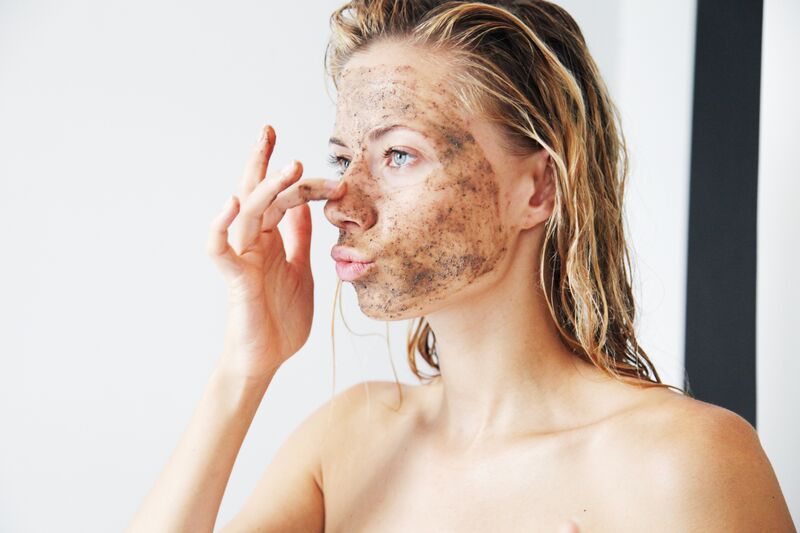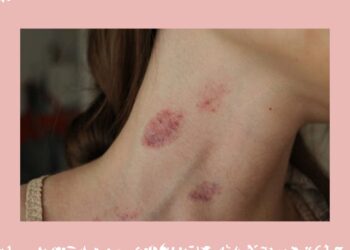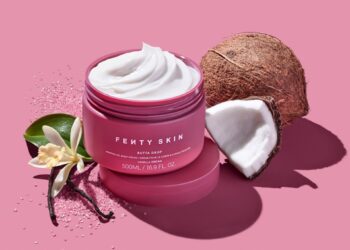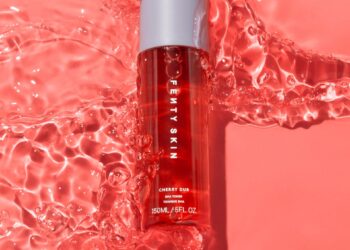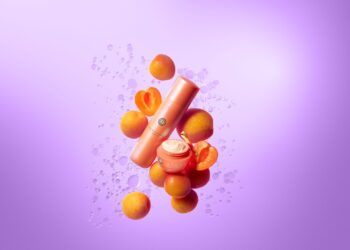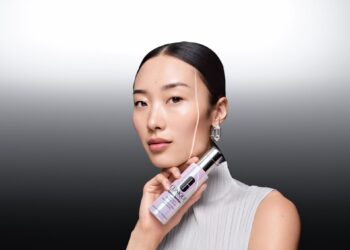Unless your skincare routine only consists of a cleanser and moisturiser, you are probably layering your products in an order. It may be as minimal as three products or as extravagant as the 10-step Korean regimen, but certain ingredients in skincare aren’t meant to be used simultaneously and may even cause irreparable damage on the skin.
Here, we list down a few combinations you should NOT mix at all cost and also the reasons why.

Chemical exfoliants + physical exfoliants
The most commonly used physical exfoliants include sonic brushes, konjac sponges and tiny granules in face scrubs, whereas chemical exfoliants that may be familiar to you go by the names AHA, BHA, glycolic acid and any sort of peel.
Exfoliating is crucial as it helps to resurface the skin and promote brightening by removing the old layer of skin. However, you risk over-exfoliating when using two kinds of abrasive exfoliants together.
Using both, on top of exerting too much pressure when massaging the skin, can cause microscopic tears to form and also break away the good skin cells you need for healthy skin.
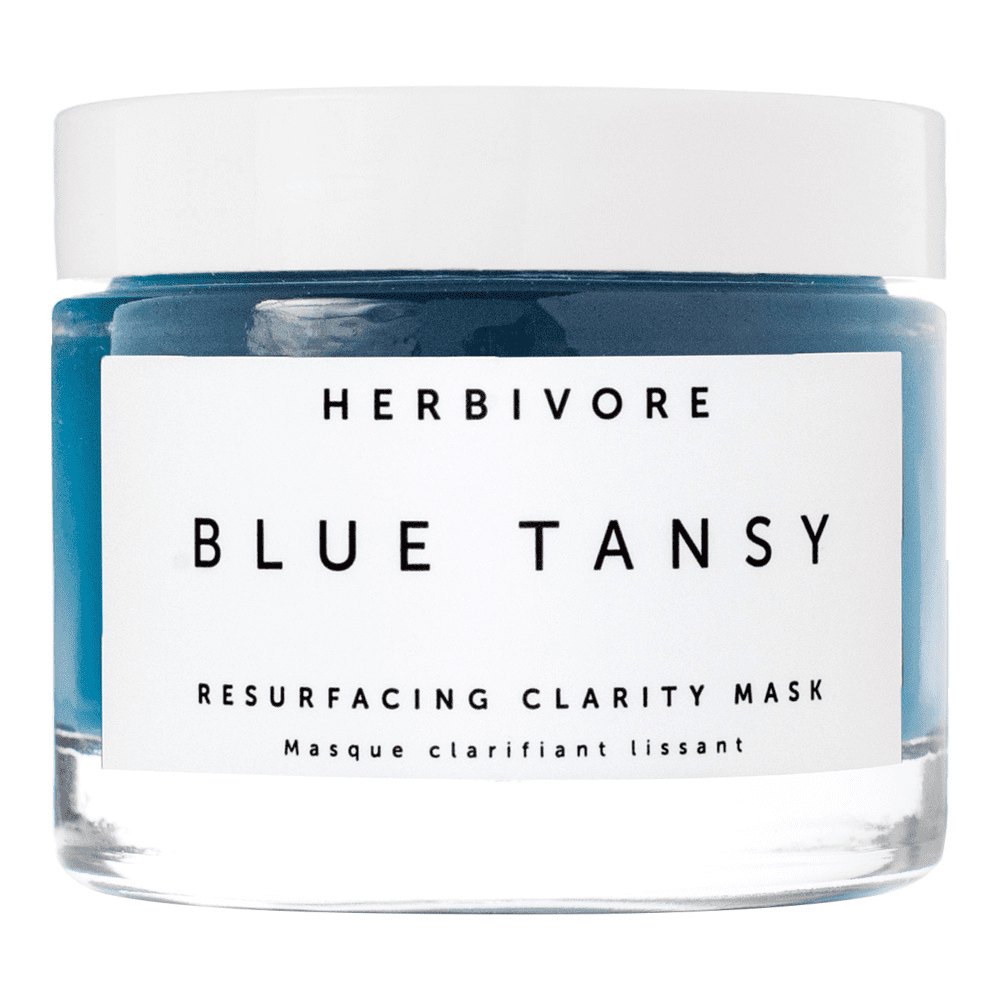
Acne treatments + chemical exfoliants
Salicylic acid and benzoyl peroxide are the most used chemicals in medicated products used to treat acne. On the other hand, chemical exfoliants, too, help to fight acne by keeping the pores from becoming clogged with excess oil and bacteria.
Both the chemicals are intensely powerful and can irritate the pores when used together, causing unsightly inflammation. We’re talking prolonged tingling, tiny bumps and redness.
Perhaps that is the reason why most products only contain very small percentages of these chemicals. They are that potent and are only needed in tiny doses.
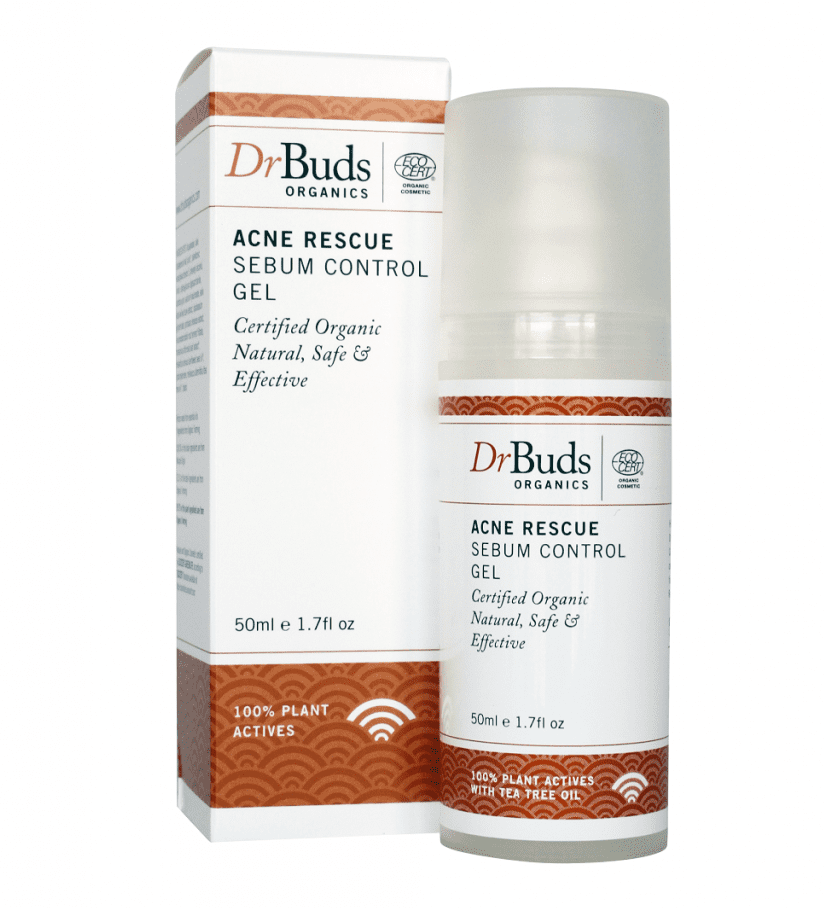
Vitamin C + chemical exfoliants and vitamin C + acne treatments
Ahh, vitamin C. Not only does it help with brightening, it also evens out the skin tone and corrects hyperpigmentation while reducing the appearance of scars.
Chemical exfoliants which essentially break down the dead skin cells should never be used with vitamin C as both work to resurface the skin for smoother, more even texture.
The same applies the use of acne treatments and vitamin C. The reason is simple – Using both throws off the pH balance within the skin and renders each individual product useless.
The chemicals like AHA, BHA and benzoyl peroxide affects the efficacy of the vitamin C on the skin, so you won’t be able to use either ingredient to its full potential when using both.
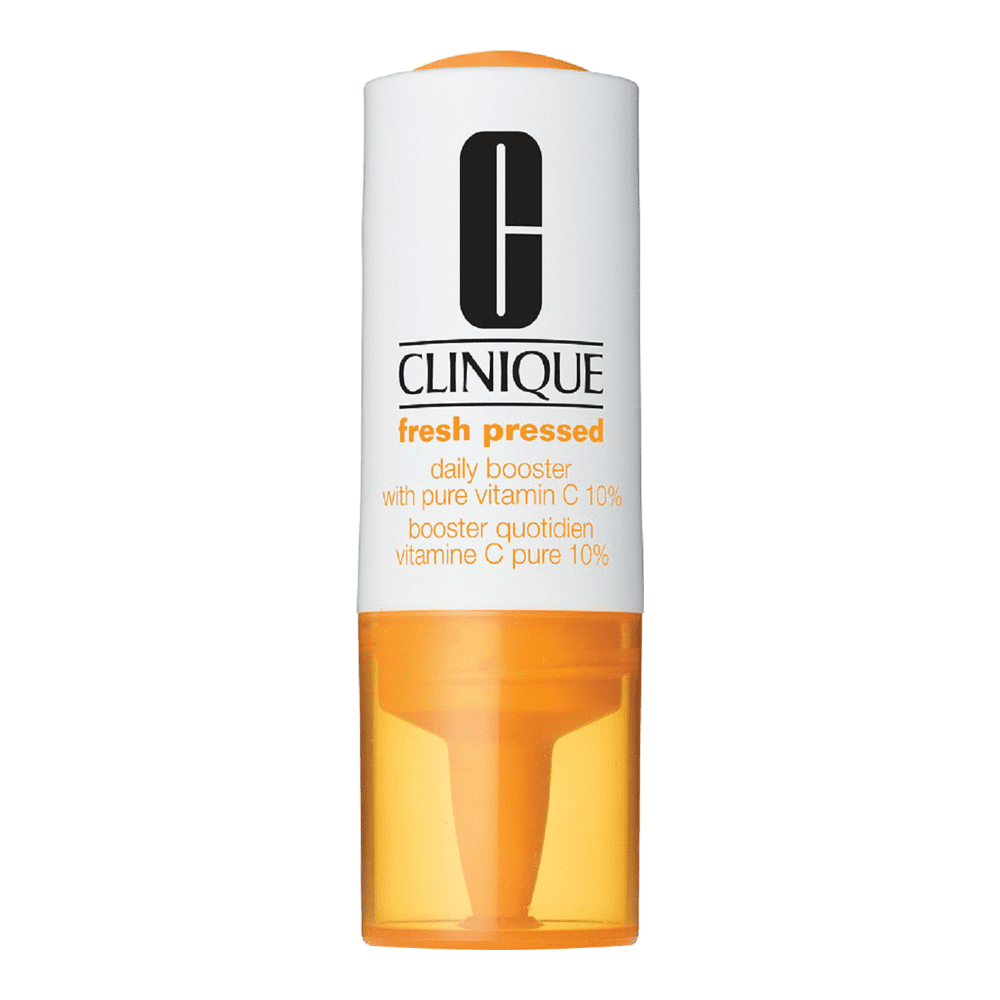
Acne treatments + retinol
The beauty community cannot stop preaching about retinol and there is no wondering why. The popular ingredient is found in most anti-ageing products as it gently exfoliates, aids the production of collagen and fight free radicals.
Both acne treatments and retinol remove the skin’s barrier for healing and to allow new cell turnover, hence both should not be used together to prevent the skin from being overly sensitive.
As a matter of fact, both these ingredients shouldn’t even be used daily as they are far too strong on the skin. Use them maybe once or twice a week, and on other days, stick with a regular hydrating moisturiser.

[Source]

